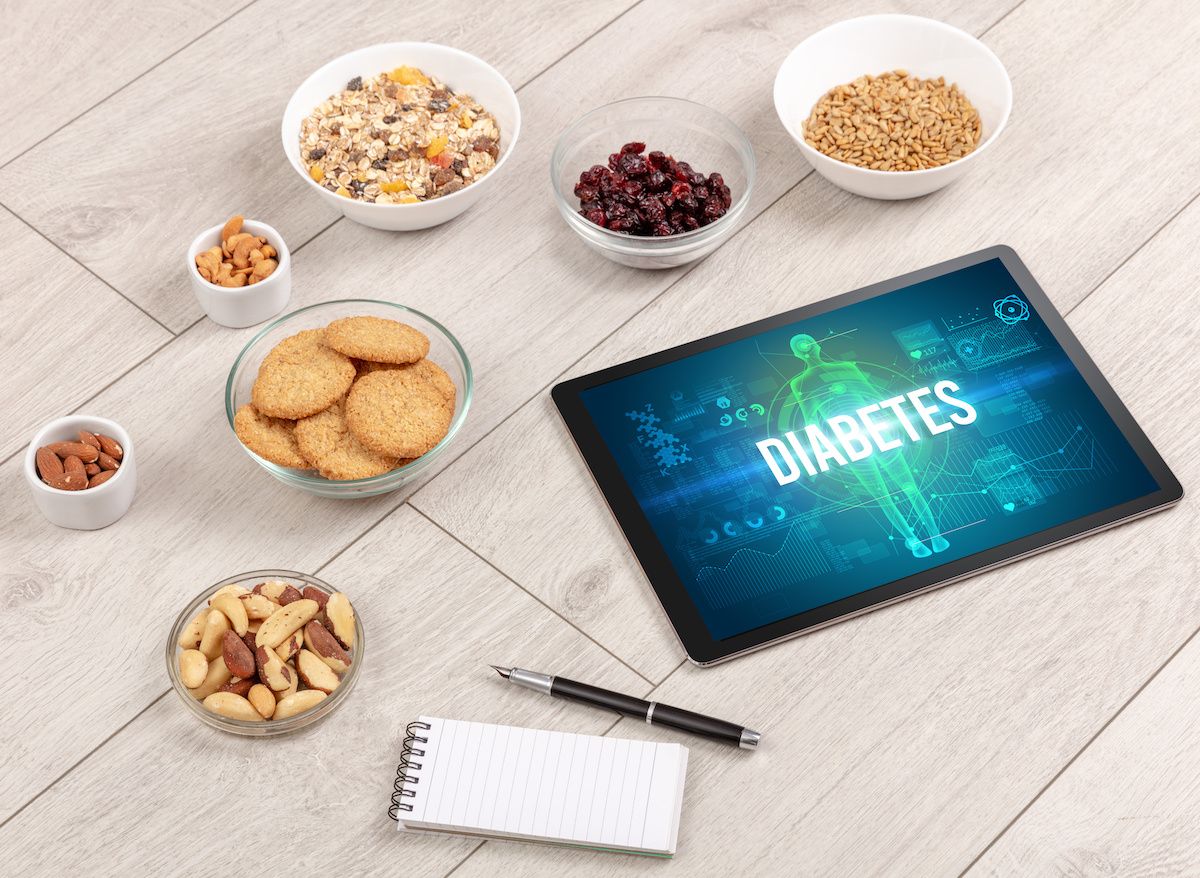Article
How much diabetes medication actually costs
Author(s):
“Affordability of prescribed medication in persons with diabetes remains a significant challenge for many Americans,” the study concluded.
The price of commonly used diabetes drugs has been a popular topic of debate recently, with pharmaceutical giants Eli Lilly, Novo Nordisk, and Sanofi all pledging to slash the prices of their branded insulins. The price cuts came after the companies received scrutiny from politicians and the general public alike, who seem to agree that out-of-pocket spending on medication has become too exorbitant.
A poster presented at the APhA Annual Meeting and Exposition from researchers Joshua Devine, PharmD, PhD;Dooyoung Lim; Amy Lugo; and Joel F. Farley, PhD, FAPhA, hoped to highlight just how exorbitant OOP spending for people with diabetes has become. “The objective of this study was to examine out-of-pocket (OOP) spending for antidiabetic medication and evaluate whether Americans reach catastrophic spending levels for these drugs during the year,” the study said. “We also considered factors associated with the likelihood of reaching catastrophic spending for prescription medication.”
The threshold for catastrophic spending levels, according to the study, is reached when “greater than 40 percent of a household’s non-subsistence income {is spent} on health care payments.”
“An estimated 3 million Americans (10.3%) reported OOP spending for antidiabetic drugs that reached catastrophic spending in 2020. This figure climbed to 4.9 million (16.5%) when considering OOP spend for all prescription medicine filled throughout the year.”
Even for manypatients withdiabetes who didn’t reach catastrophic levels, the burden of OOP payments was still felt. On a countrywide scale, the numbers are massive. “23.8 million [Americans] reported use of at least one prescription medication to treat diabetes. Total out-of-pocket (OOP) payments for antidiabetic medication in this group surpassed $5.2 billion and the greatest source of OOP spending was for insulin which accounted for 42% or $2.2 billion in 2020.”
On a more personal scale, “Annual OOP payments per capita for all prescription drugs among persons with diabetes were $436 and antidiabetic drugs accounted for 41% of this total or $178 per capita.”
Though not necessarily considered catastrophic, payments nearing $500 a year can still have a profound impact on an individual’s quality of life. Sixty percent of Americans live paycheck-to-paycheck, according to a recent report from LendingClub. Hence, a missed paycheck will more than likely signal a missed medication payment for the most vulnerable demographics, including uninsured people.
Being covered by Medicaid drastically lowered the chances of an individual reaching catastrophic spending levels. “After controlling for other study covariates, the odds of catastrophic spending were 78 percent less likely for Medicaid recipients and the odds were 2.5 times more likely for persons who paid the full cost of their medication out-of-pocket compared with the odds of Medicare beneficiaries reaching this threshold.”
“Affordability of prescribed medication in persons with diabetes remains a significant challenge for many Americans,” the study concluded. Even with insulin prices being cut for most people, many individuals need complementary medications to safely treat their diabetes and maintain consistent glycemic levels. There is still monumental work to be done before diabetes care—and health care as a whole—is accessible to all.




